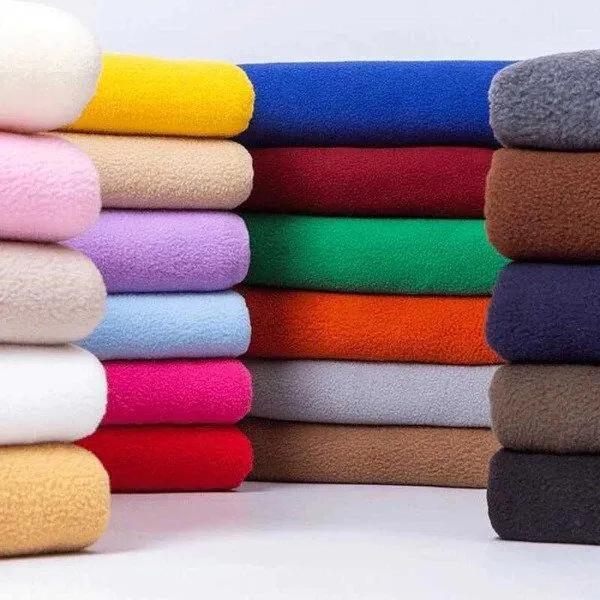Polar fleece is a comfortable, soft fabric that keeps us warm during winter and outdoor activities. But have you ever considered the environmental impact of our fleece jackets? How environmentally friendly is polar fleece?
What exactly is polar fleece?
Polar fleece is a synthetic insulating fabric usually made from polyethylene terephthalate (PET) or other synthetic fibers. It’s extremely comfortable thanks to its lightweight and sweat-resistant properties, allowing moisture to evaporate while blocking outside humidity. It’s a popular choice for activewear and winter clothing because it’s breathable and quick-drying.
A brief history of polar fleece
Malden Mills is an American textile manufacturer that is now Called Polartec, it began experimenting with the potential of polyester in the late 1970s.
The company introduced shakers in 1981 through a partnership with Yvon Chouinard, owner of then-little-known mountaineering outfitter Patagonia. Velvet was introduced into the sportswear market.
Synchilla is the first generation of polar fleece, which was widely used in sports and outdoor clothing within ten years. Polar fleece is popular not only because of its lightness, warmth and color, but also because of its low cost, which has revolutionized the way we dress in cold weather. Thanks to advances in technology, the yarn is now as fine as cashmere and can even be made from recycled plastic bottles.
So, is fleece a more sustainable fabric choice?
Generally speaking, wool is made from non-renewable resources and requires additional chemical coatings to make it windproof or waterproof, which is not good for the environment. What’s more, wool can only withstand a few trips to the washer and dryer before showing signs of wear, meaning it must be replaced relatively frequently.
“Eco-wool” using recycled PET can be seen as a better option because it saves the main ingredient – raw oil – as well as energy. It also has the potential to reduce the number of bottles in landfills.
But synthetic fibers, whether recycled or not, pose a problem because they do not biodegrade and tend to interact with harmful chemical contaminants found in wastewater Molecules (such as pesticides) bind.
What about microfiber?
Synthetic fleece jackets shed 1.7 grams per wash, according to a recent study funded by Patagonia and conducted at the University of California, Santa Barbara Microfiber, or up to 250,000 synthetic fibers, while an old jacket sheds almost twice as many fibers as a new jacket. Even if companies use recycled plastic bottles to make wool, research shows the plastic could end up in the ocean.
These synthetic microfibers are particularly dangerous because their small size allows them to be eaten by fish and other wildlife, moving up the food chain and concentrating toxins until They reach us.







